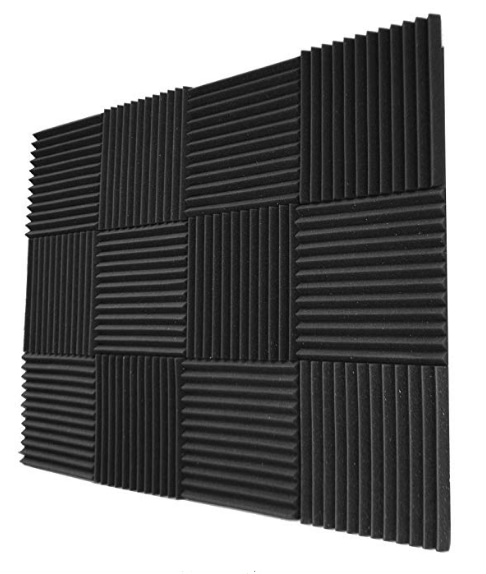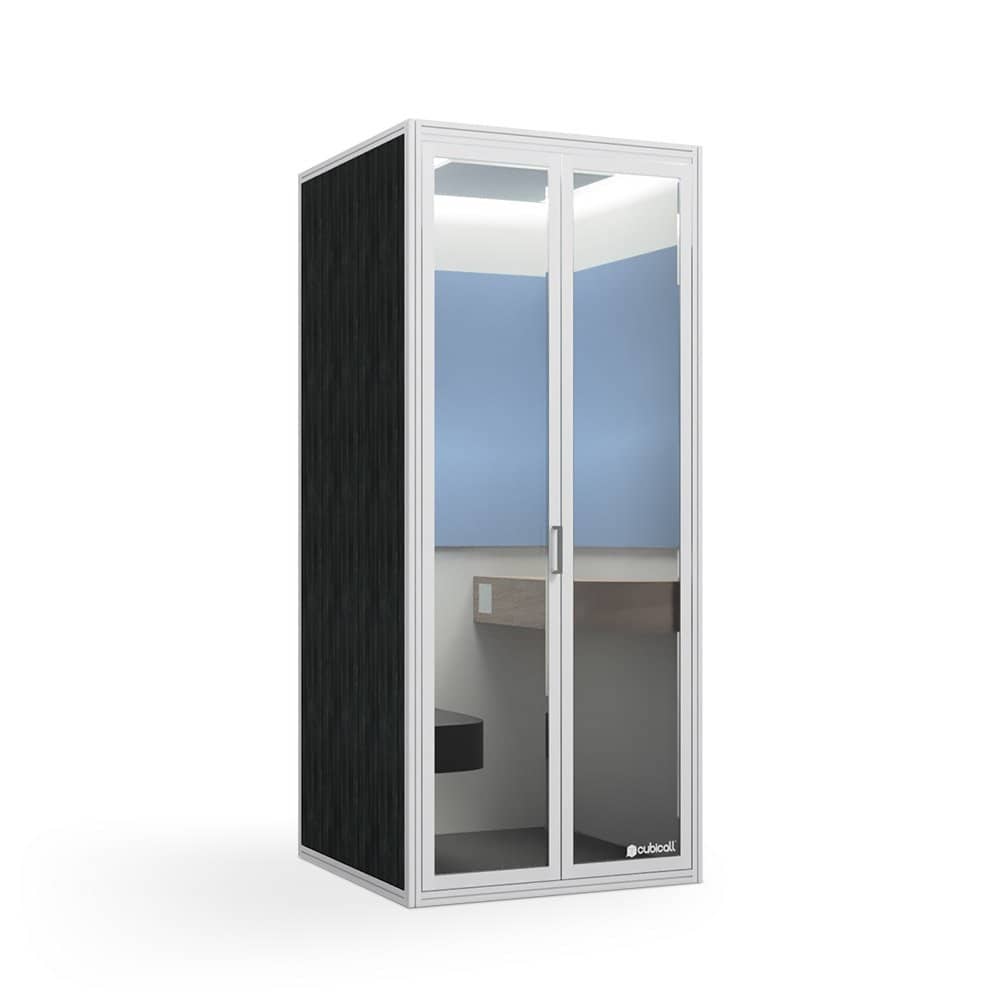You’ve installed your microphone, workstation and you’re ready to roll with your band or your client, but you’ve forgotten something—walls have mouths, especially the ones in larger rooms. The opposite wall reflects the first line you speak, then the one behind you, then the floor and the right wall, and this goes on and on till you’re sick of it. Nothing can go right if your room’s echoing. Worse still, if you’re trying to record something! So, unless you’re a singer and enjoy the sweet acoustics, you’re going to have to deal with it.
So, the question is: is it possible to stop the echoing inside your room? Yes. More importantly, can you do it by yourself? Also, yes! So here are a few tips on reducing echo in a room.
Table of Contents
Install Acoustic Panels

Yes, our first suggestion is going to be tiring, but it’s the most effective. The best acoustic foam panels are made of sound-absorbing material and work really well in soundproofing your room and room echo cancellation. You could hire people to install them for you or DIY.
First of all, plan where you’re going to install them. Which wall are you going to face while speaking? Chart a straight path and look where it hits. Mark that area. Similarly, mark the opposite wall. You could map a diagonal path for the other adjacent walls and mark or try the other techniques.
There are two ways to install these echo reduction panels. The first (and easier) method is the impaling clip method, in which you have to drill a clip, apply some industrial glue, and set it up. The other one is using the Z-Clip to fasten the Panel to the wall. Sometimes you might have to cut out portions of the panel if the area where you want to place your panel has a socket or switchboard.
What else can I hang quickly?
If you’re looking for a quick fix, two ready materials will help you: curtains and acoustic foam. Soundproof curtains on the windows (or your walls) will smoothly reduce many echoes and deal with ambient sound. You could also get acoustic foam online or from your local store and paste them on your walls and ceiling with adhesive spray.
National Consumer Center offers you a chance to get a $500 gift card to Amazon. The payouts are quick, and you can use the Gift Card to pay for some of your Amazon products.
Play with your furniture arrangement
The softer the furniture, the lesser the echo. Try removing hard chairs, tables and put plush sofas and bean bags. You could also hang tapestries against the walls. You might ask how to reduce echo in a room with hardwood floors? Simple, install a carpet ( preferably permanent) or get a sound-deadening mat or a soft rug.
Books also absorb sound very well, so it would be absolutely great if you could have a bookcase against one of the walls. Changing your furniture and redoing your decor lessens echo and gives your room a fresh look.
Install a Phone Booth

Cubicall was made to give its occupants privacy. Therefore, it’s designed the phone booth to give an acoustically sound experience. The walls are built with acoustic fill that absorbs a wide range of sound frequencies. The interior of the call booth is finished with acoustic panels, which help absorb sound and delivers a modern, elegant look. The bi-folding doors utilize double pane glass that helps reduce noise bi-directionally.
The modular design ships flat and is easily assembled within one hour. These booths utilize an innovative locking wall assembly that requires minimal tools and creates a robust structure.
Whether you’re using an IP phone, cell phone, a favorite communication app, or need a quiet space to focus, Cubicall modern phone booths bring privacy and productivity back to the office or home.
Other worthy mentions
One of the more difficult options but extremely effective is using the best mass-loaded vinyl. If you apply mass-loaded vinyl, you could practically turn your room into Joe Goldberg’s glass cage. You can install MLV over your current walls, and You can place drywall on top of it to protect it.
Also, you could install a new floor with sound-dampening underlays or have it made out of cork. But these aren’t DIY options. Looking for more floor soundproofing options?
What is MLV?
MLV is the preferred solution for soundproofing interiors easily and effectively. It packs a large amount of mass in a minimal amount of thickness. MLV can be used in many places such as walls and ceilings, under the carpet to soundproof the room’s ceiling below, or wrapped around noisy pipes. These products are primarily designed for controlling airborne sound; however, they do possess anti-vibration properties. This will better manage mid to high-range frequencies but the poor performance of low or bass-like sound.
Mass Loaded Vinyl (MLV) applications
Mass is a critical component in sound control and works by simply stopping sound from vibrating through its structure. Mass Loaded Vinyl (MLV) is an effective material to use in lining soundproofing curtains or blankets.
At even just ½LB per sq ft, MLV can produce a 25 STC rating, which is 1/16” thickness. You can get up to 35 STC by using 2lb per sq ft and 1/4” thickness; however, this is slightly more difficult to work with.
Seal cracks and gaps around the frame
Air and sound may also leak through gaps around the frame, so sealing off this area is another “Must-do” step in the sound management process.
Caulking in a layer of Green-glue around the frame will effectively address this issue. A large caulking gun is needed, and applying to bead around the entire frame is recommended.
Once you have established an air-tight seal around the frame and there are no gaps around the frame itself, you can look at other areas to address.
Conclusion
With these, you’ll be able to get those walls to shut up forever and won’t be interrupting you while you’re recording your album or phoning your clients.
Good luck and happy soundproofing!



3 comments
Comments are closed.